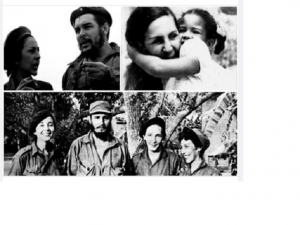
Forty-two years after her physical disappearance, Celia Sanchez Manduley continues to be the most autochthonous flower of the Revolution, a woman made of honey and steel.
Celia was a Cuban revolutionary fighter, politician and researcher. She was a member of the 26 de Julio Movement during the Cuban National Liberation War (1956-1958), from where she organized the clandestine network of peasants that was vital for the survival of the guerrilla led by Fidel Castro that landed in the south of Oriente on December 2, 1956 and that would later become the Rebel Army.
From the Twitter profile of the Minister of Communications Mayra Arevich Marín expressed: "Celia was passionate, but in the style of those spoken by Martí when he said that the passionate were the first-born of the world! Celia was like justice: human and demanding". The most autochthonous flower of the Revolution, today and always in the soul of #Cuba.





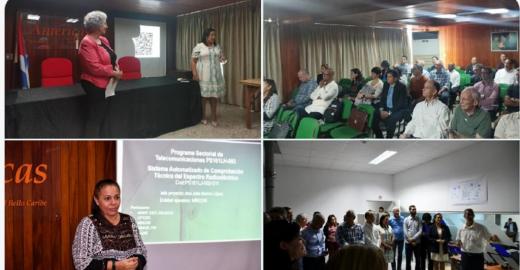
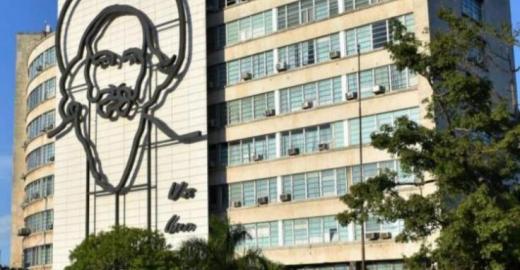






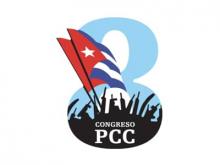
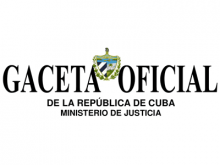
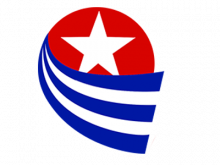

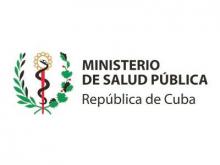





Publicar nuevo comentario